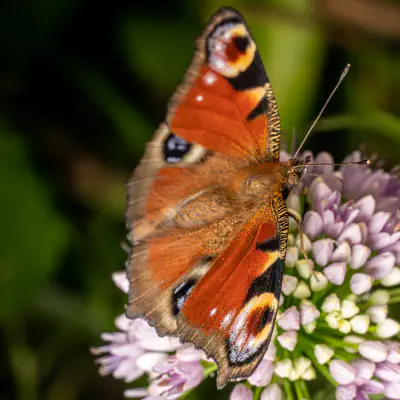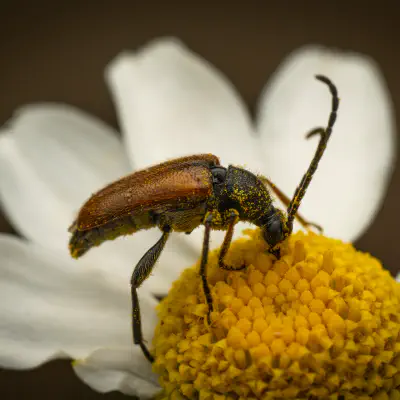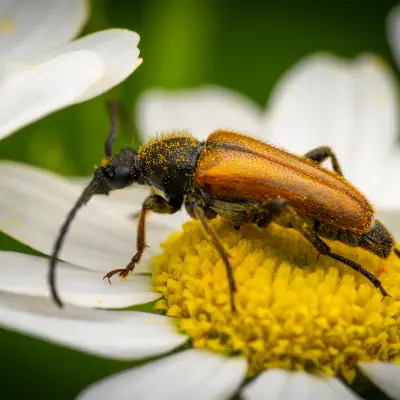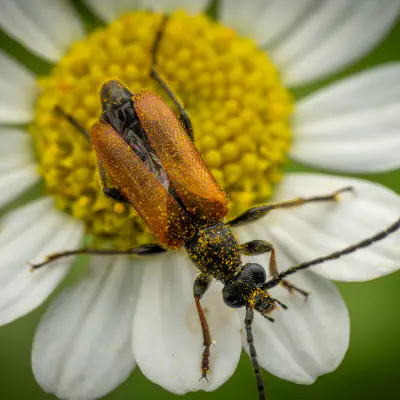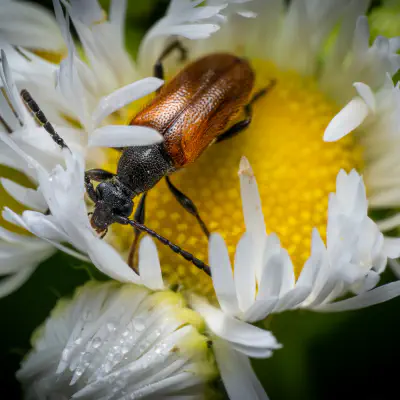Subspecies include: Pseudovadonia livida bicarinata (Arnold, 1869) Pseudovadonia livida desbrochersi (Pic, 1891) Pseudovadonia livida hatayensis Özdikmen, 2015 Pseudovadonia livida livida (Fabricius, 1776) Pseudovadonia livida pecta (J. Daniel & K. Daniel, 1891) Pseudovadonia livida setosa Danilevsky, 2013
Fairy-ring Longhorn Beetle (lat. Pseudovadonia livida)
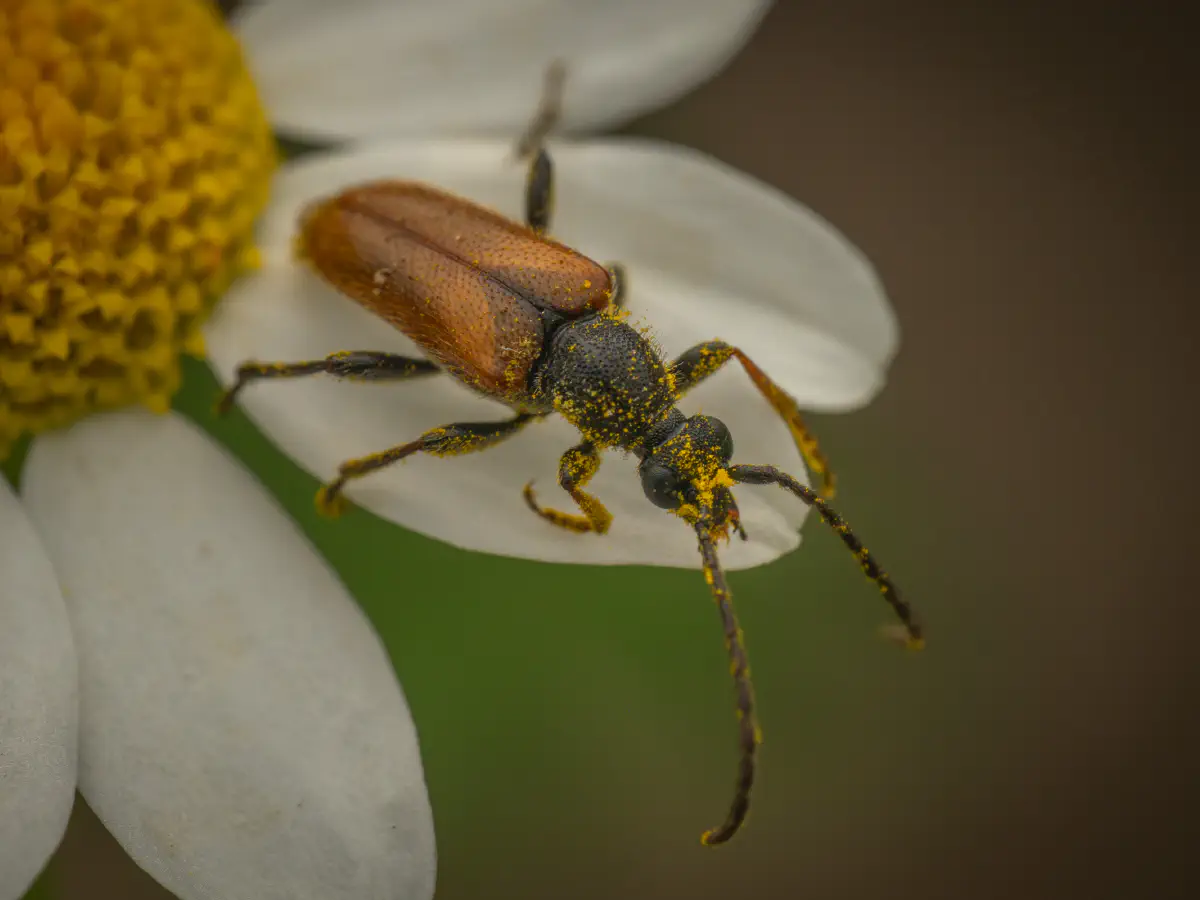
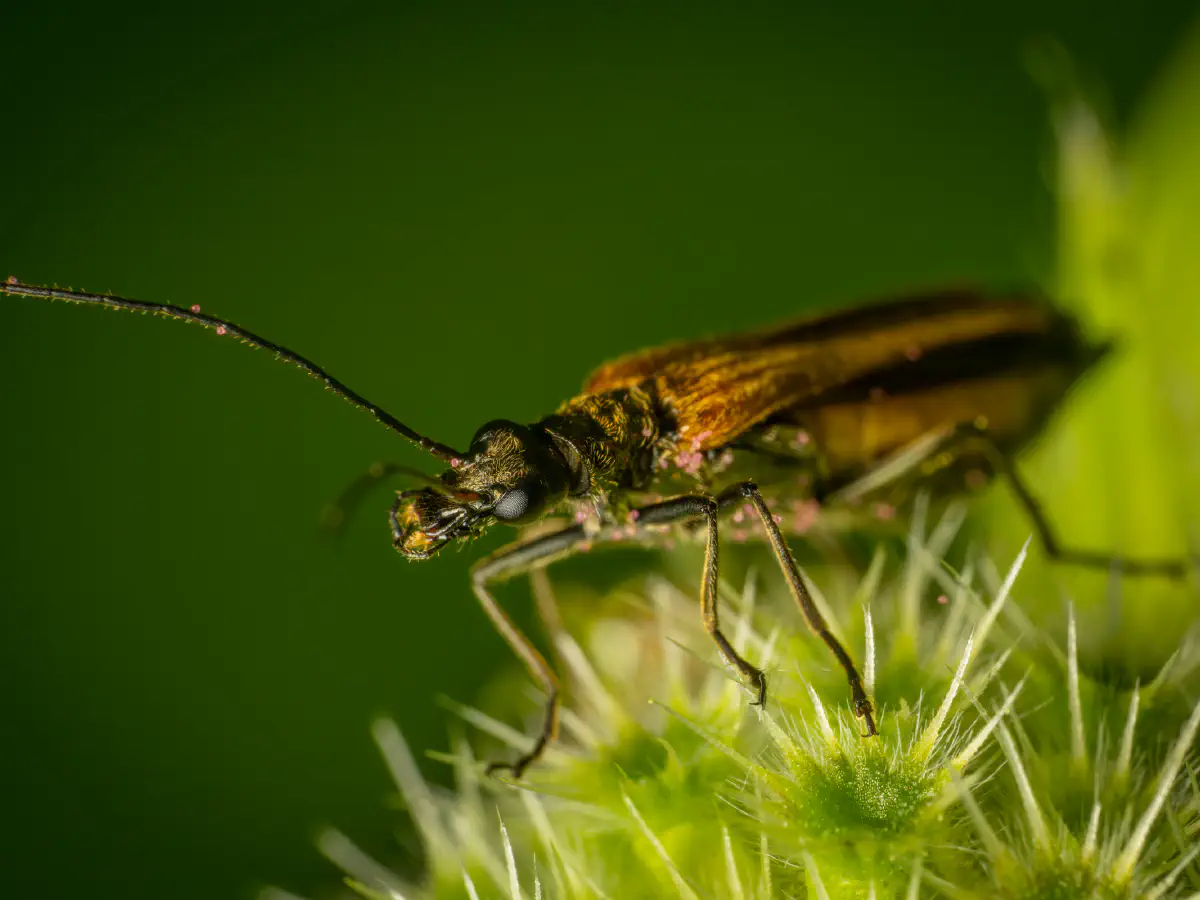
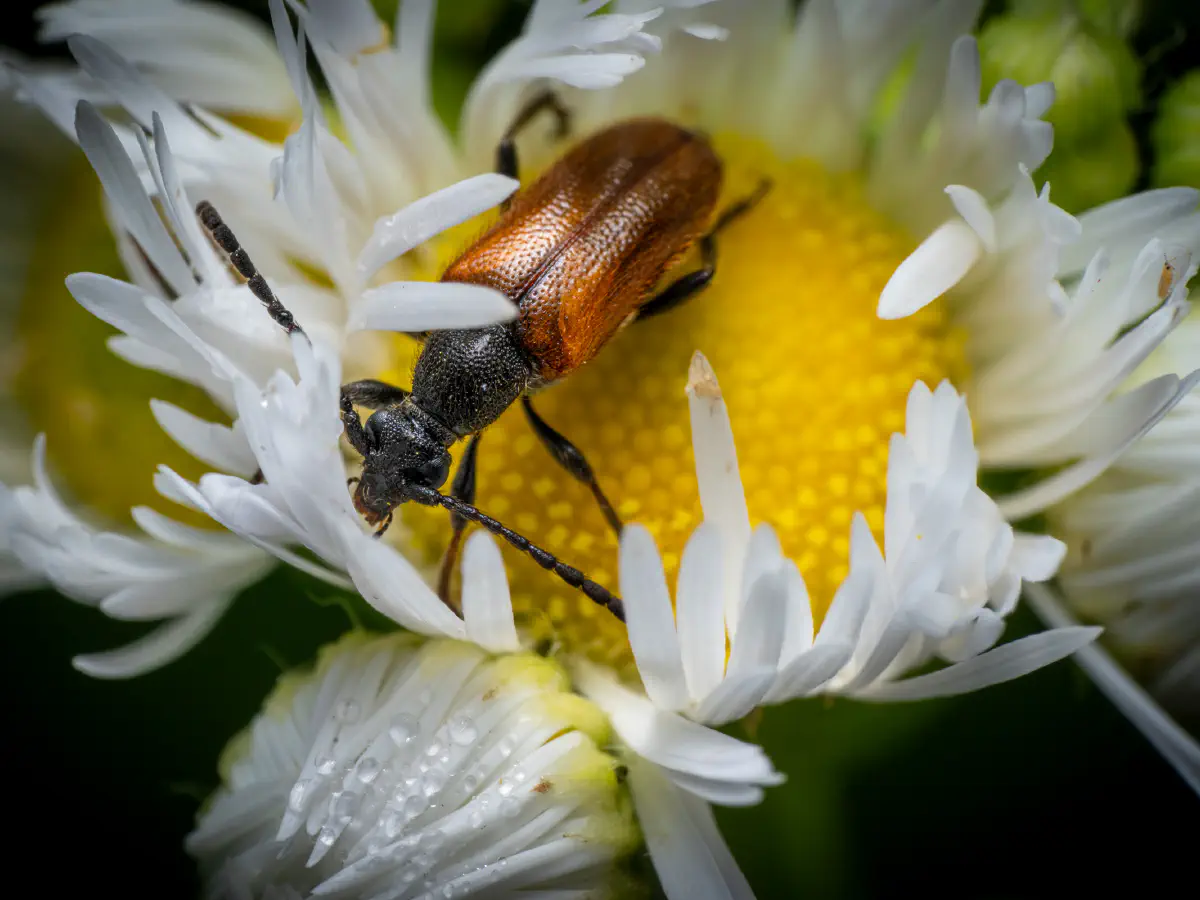

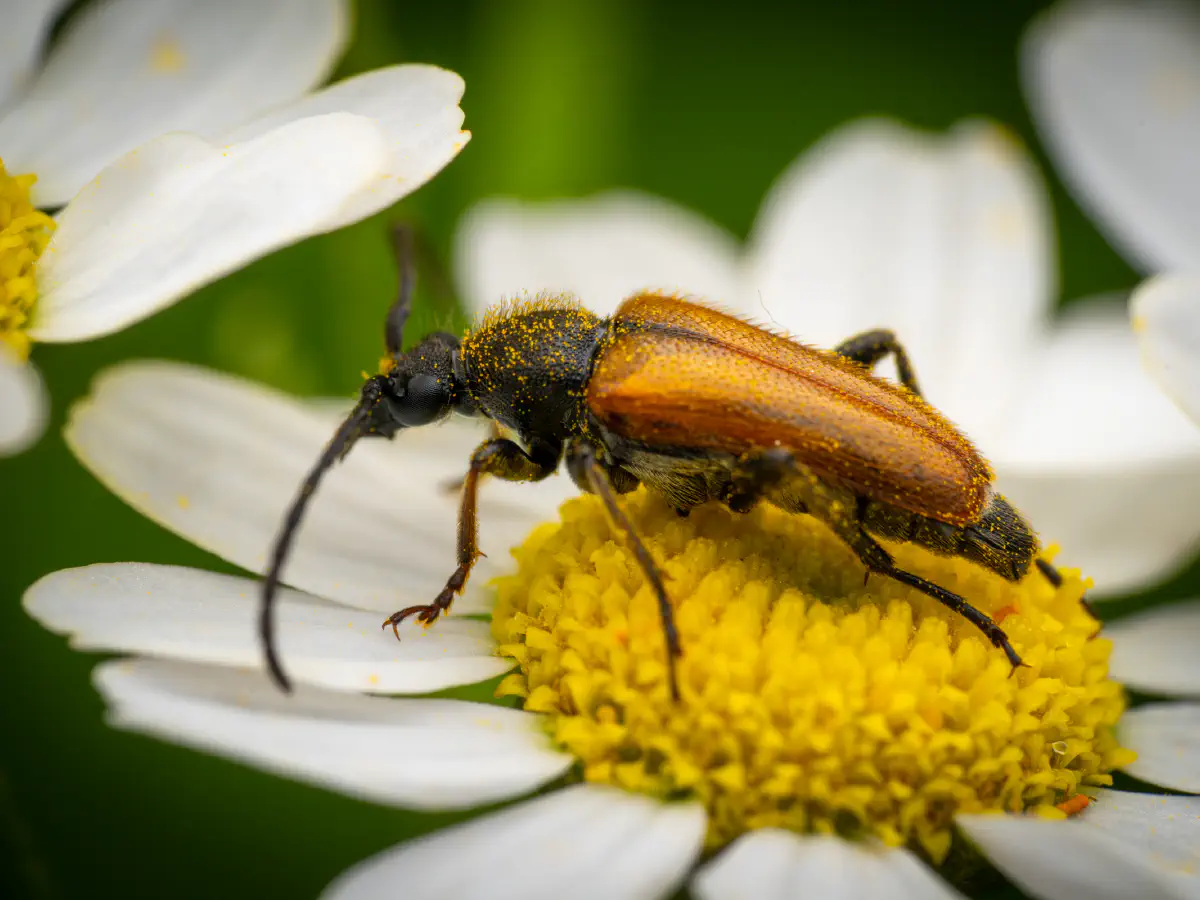
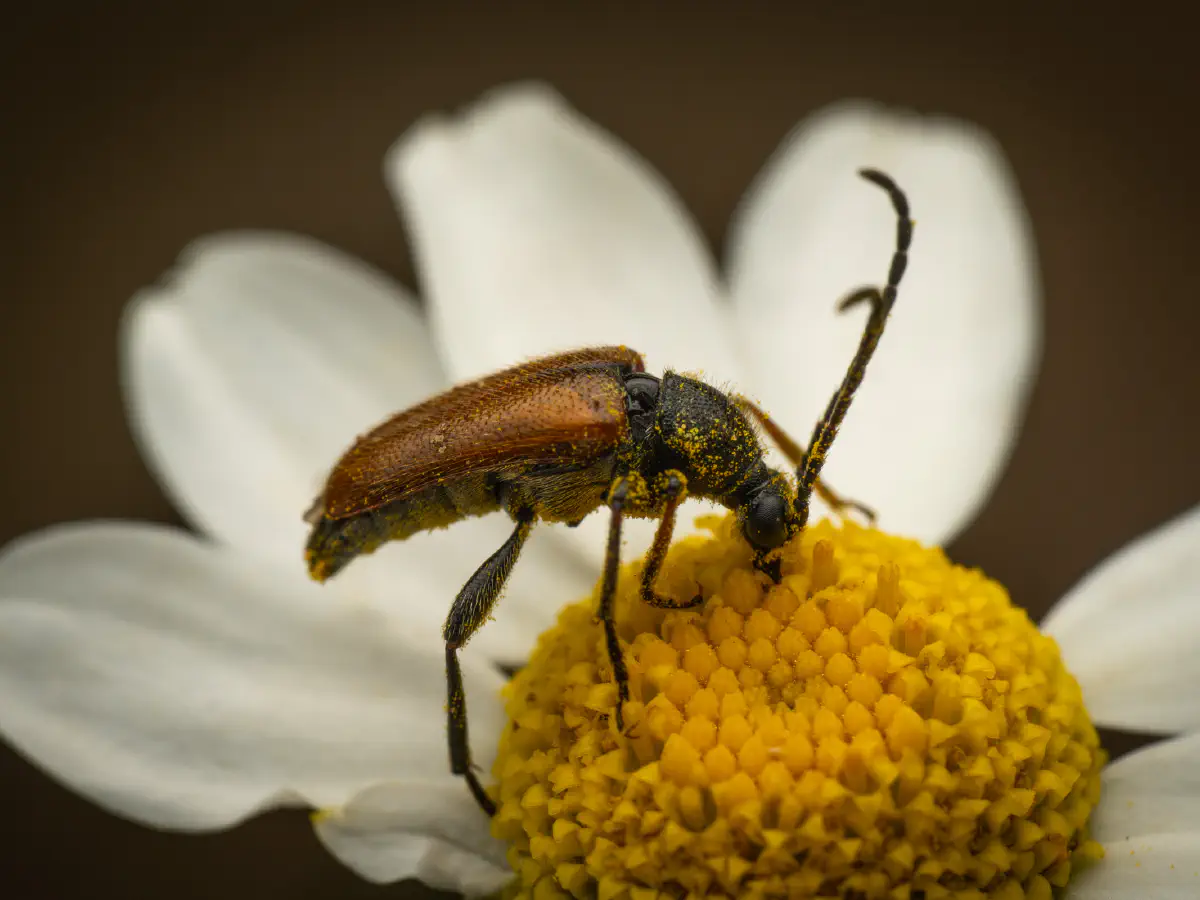


This is not intended to be a dry lexicon. Personal stories and sensitive articles form the framework for our pictures: „Metamorphosis“
Change is part of life. And nobody knows that better than a butterfly. A very personal story of evolution and transformation.
